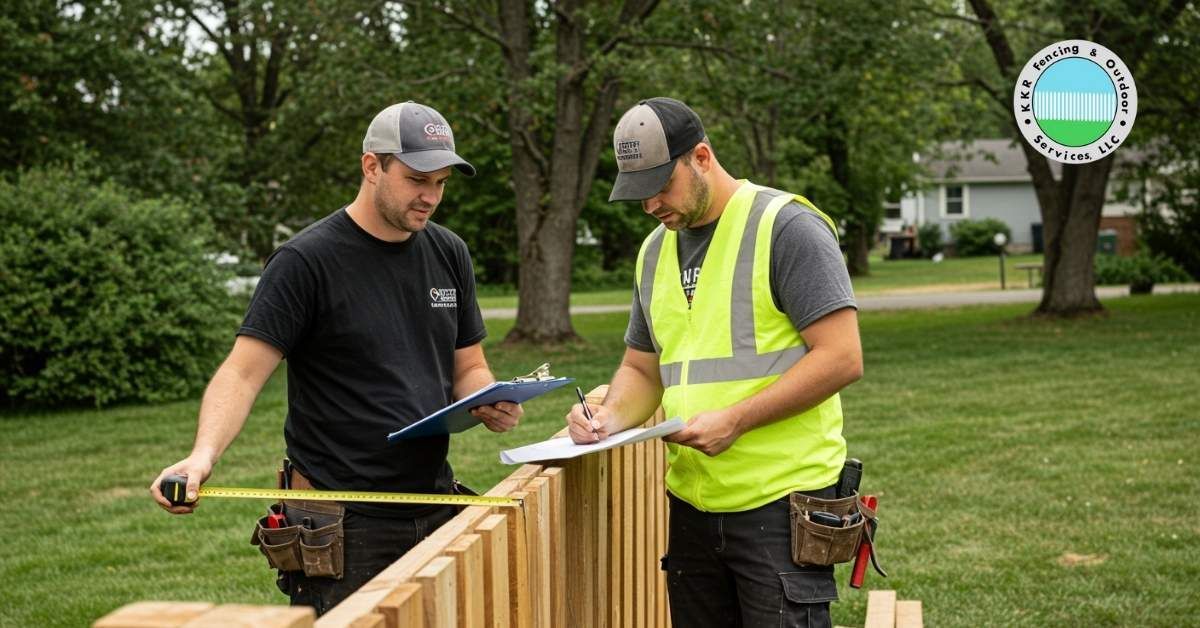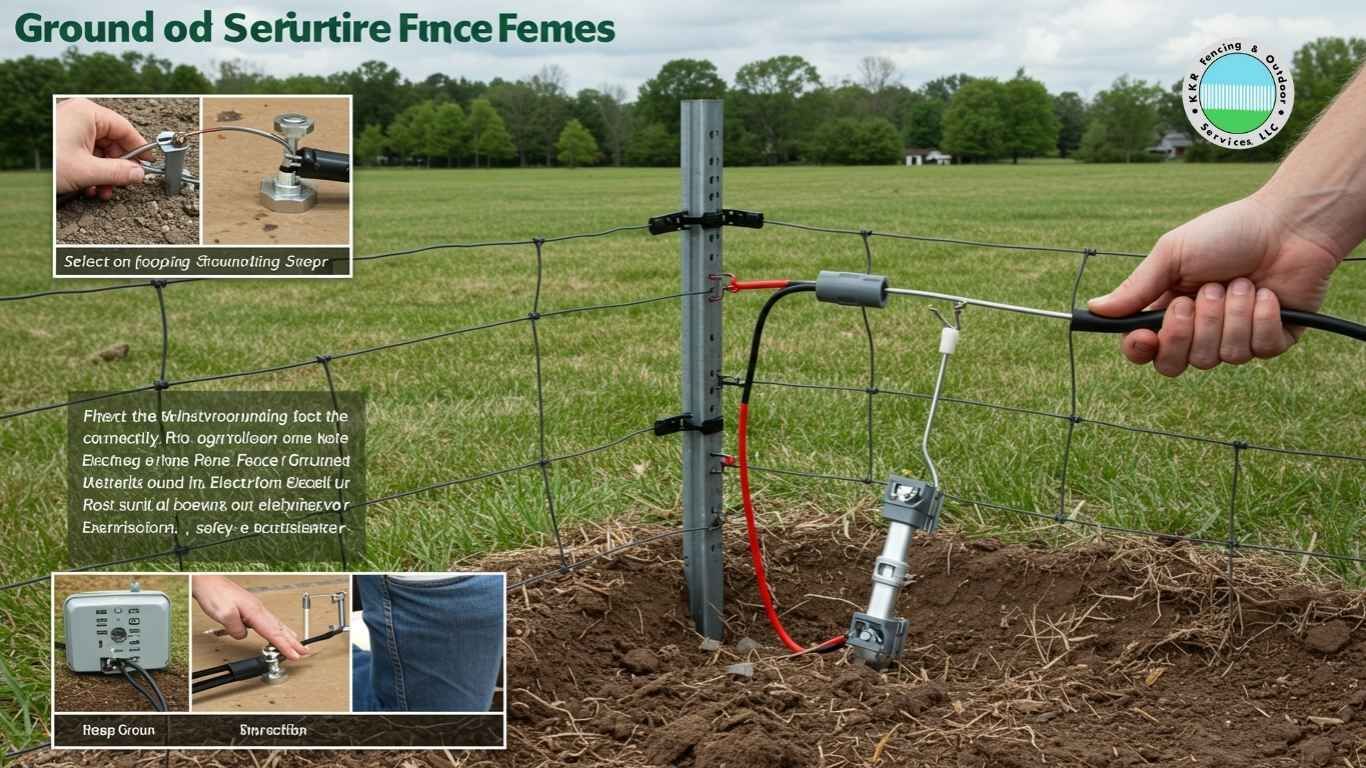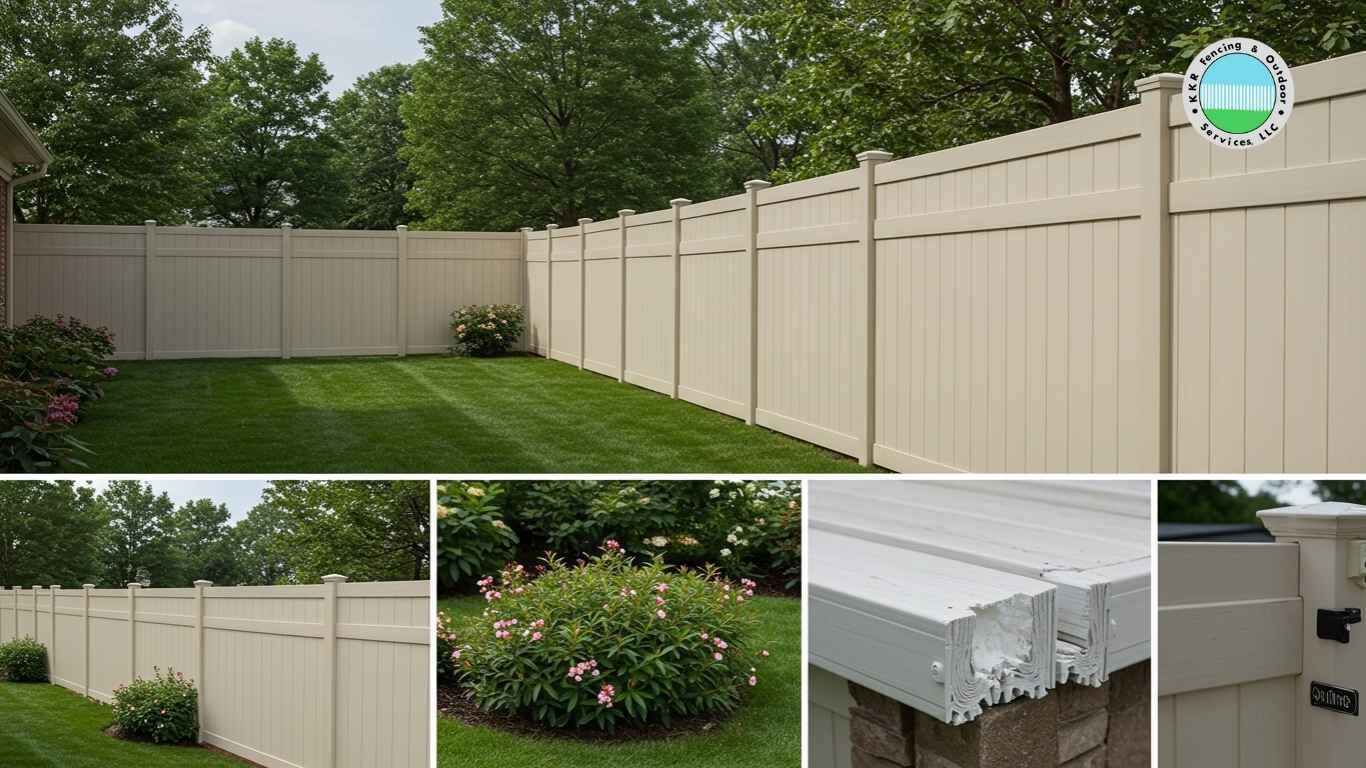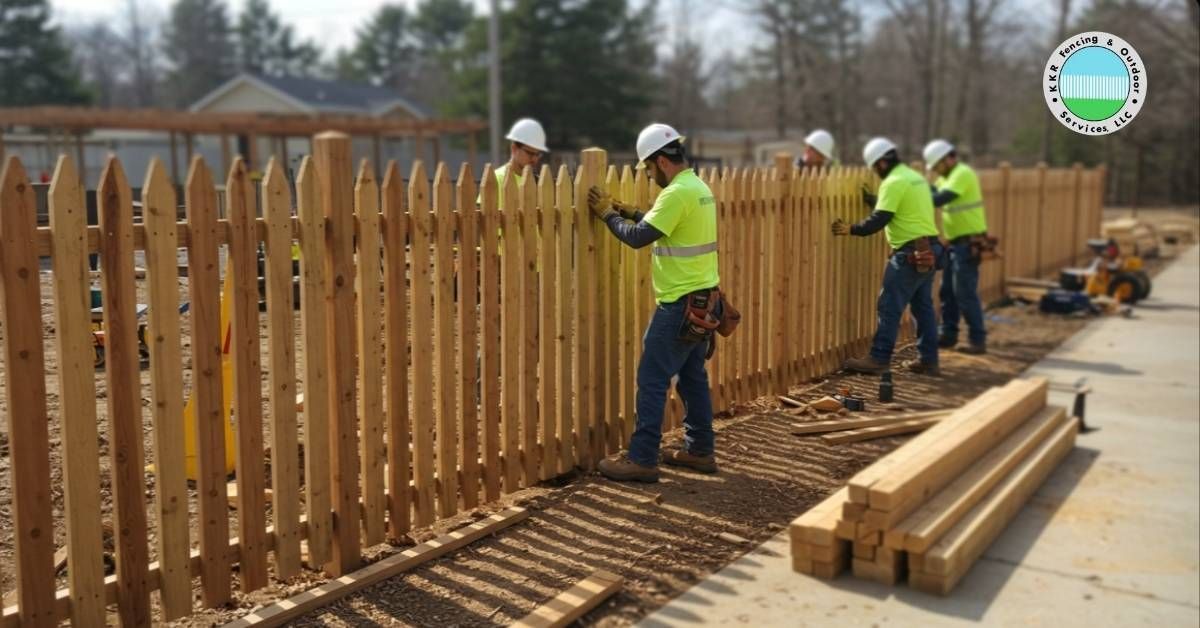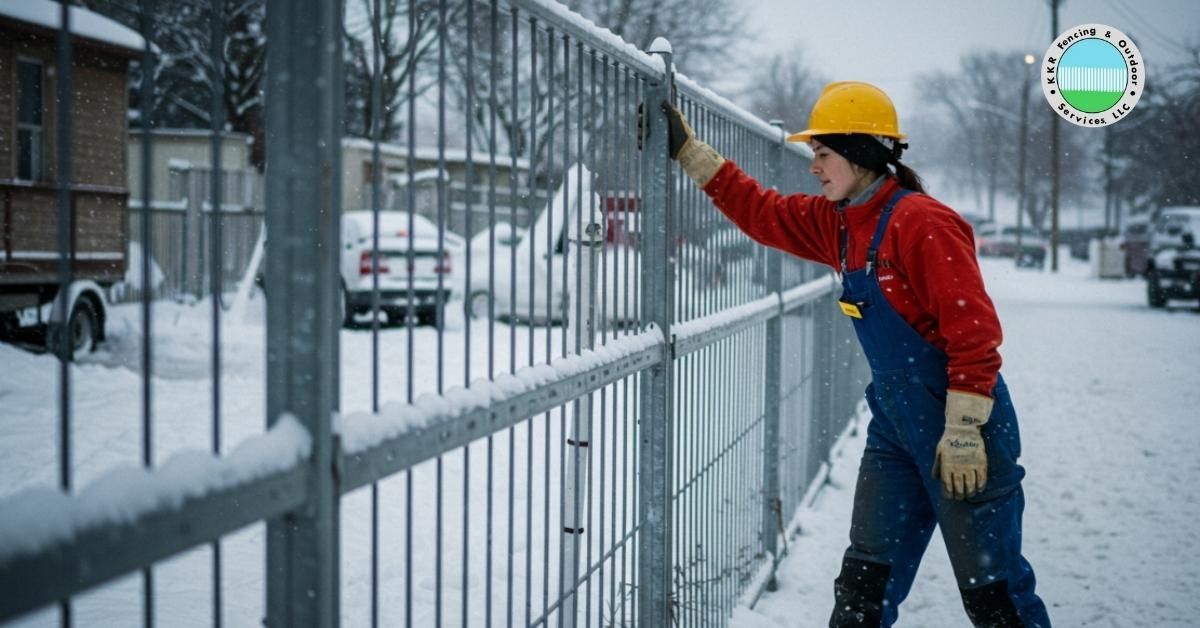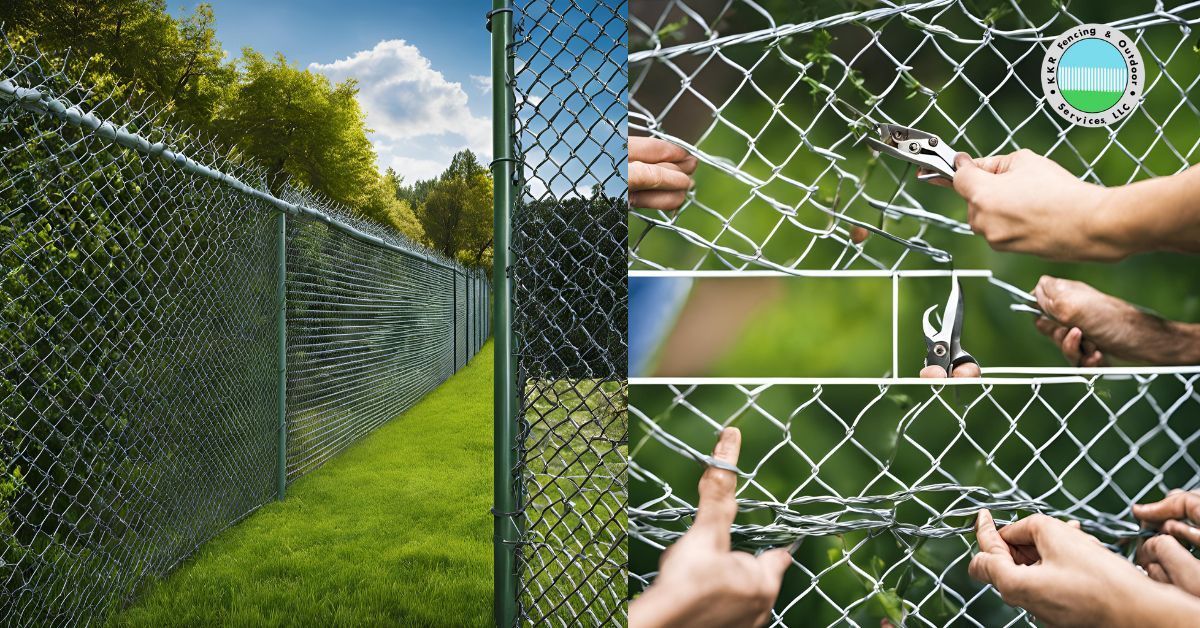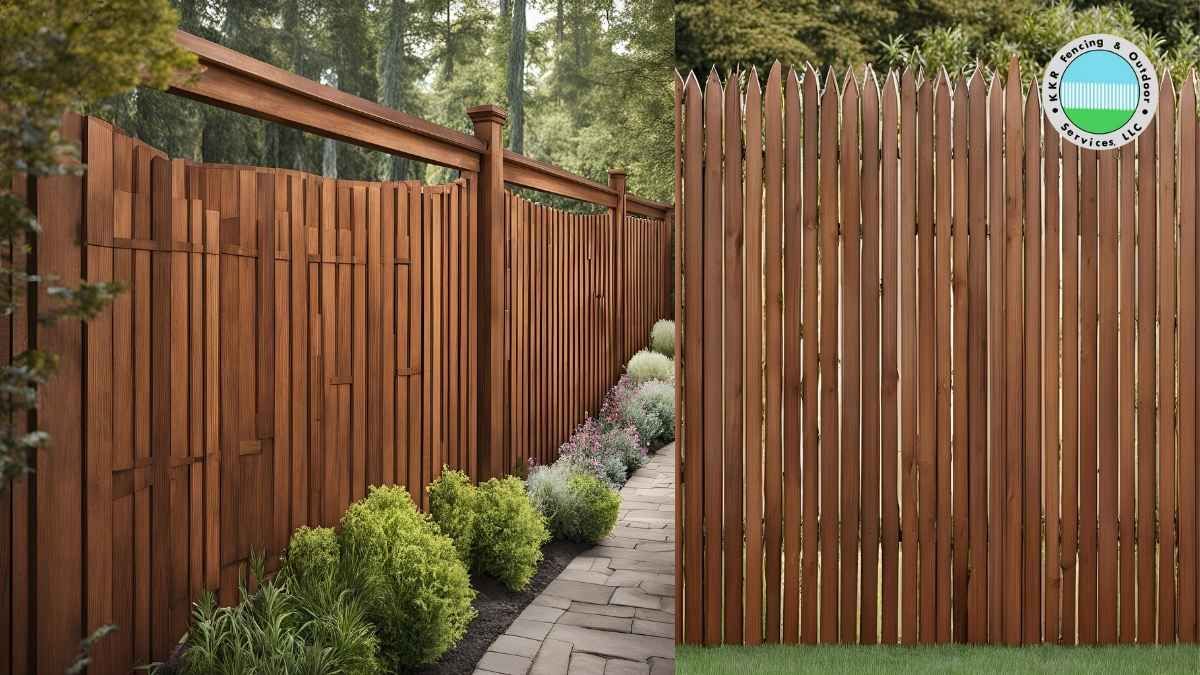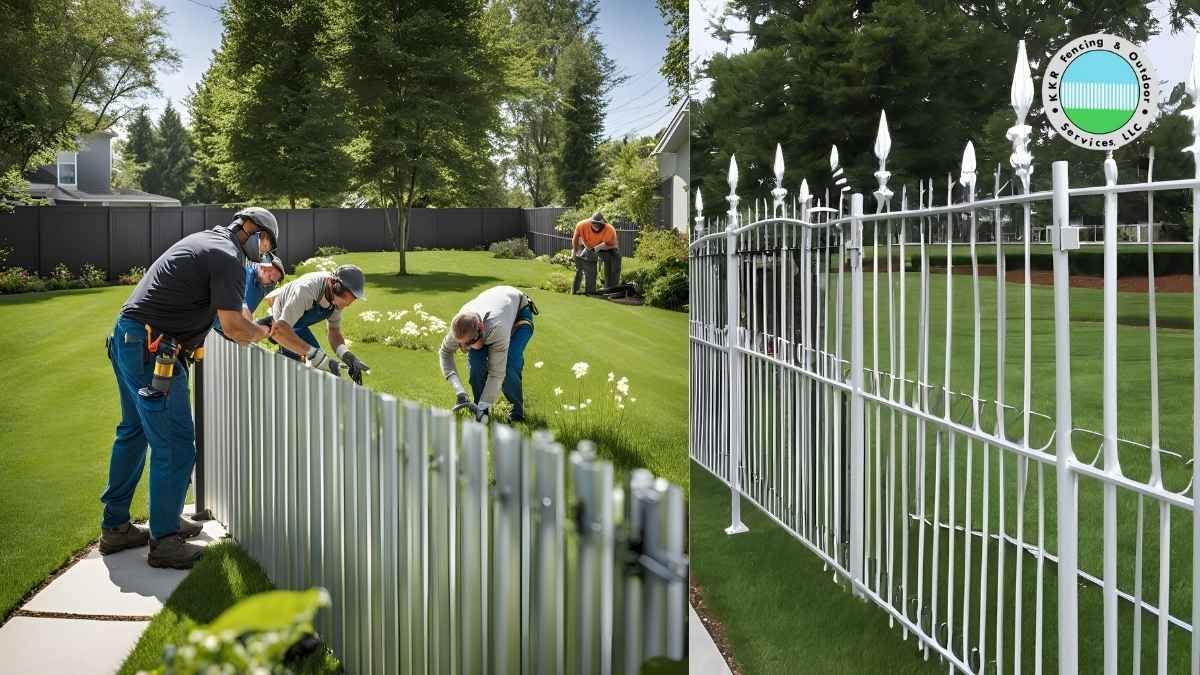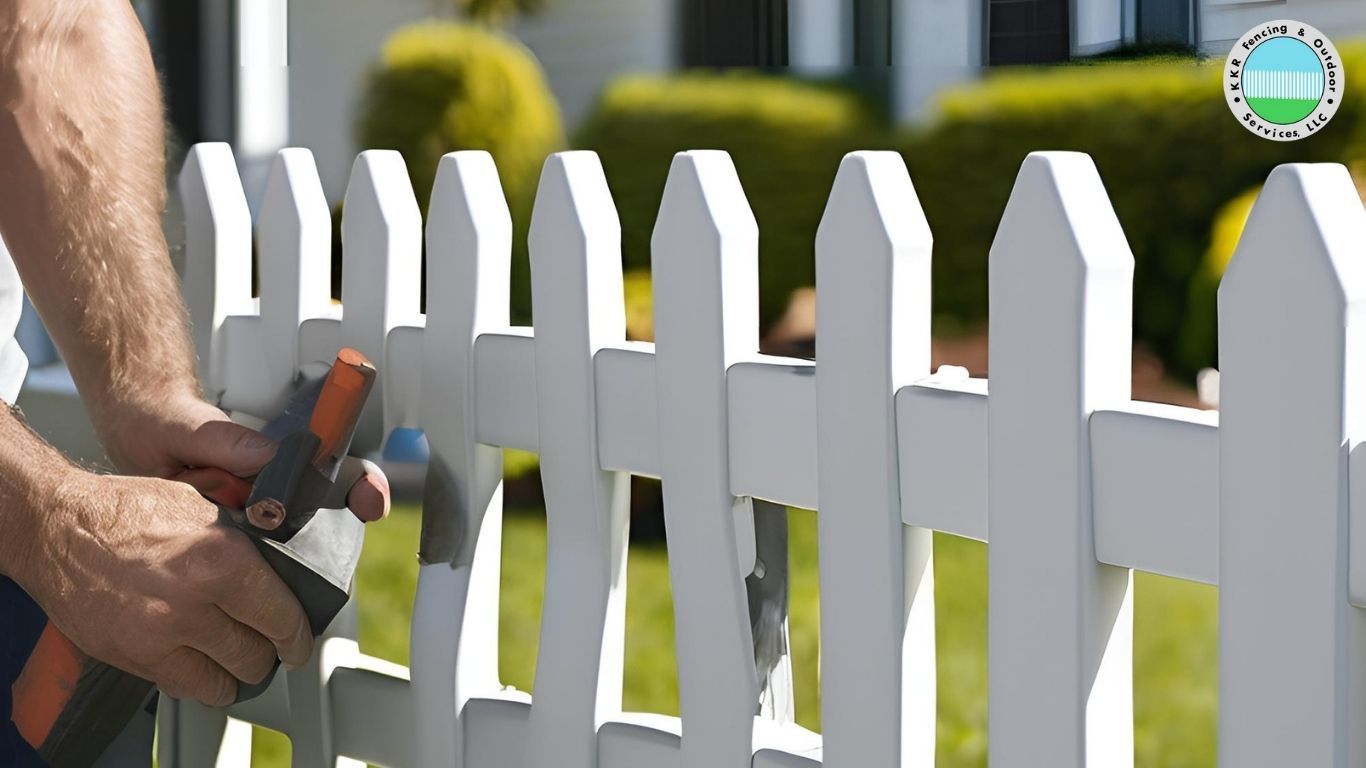Get Started On Your Fence Project | Call Today for a FREE Estimate
How to Cut Chain Link Fence? A Complete Guide
Chain link fences are a popular choice for residential, commercial, and agricultural spaces due to their durability and versatility. However, resizing or repairing a chain link fence often requires cutting it precisely. Whether you need to modify a fence for your property or handle a DIY project, this guide will walk you through how to cut a chain link fence efficiently and safely.
Tools You’ll Need to Cut a Chain Link Fence
Before starting, gather the necessary tools to ensure a smooth cutting process:
- Mini Bolt Cutters: Ideal for precise cuts on individual wires.
- Wire Cutters or Pliers: Useful for more minor adjustments and tie removal.
- Marker: To clearly mark the wire strand to be cut.
- Safety Gear: Gloves, safety goggles, and long-sleeved clothing for protection.
Choosing the right tools ensures clean cuts and reduces the
risk of accidents during the process.
Preparation Before Cutting
Preparation is vital to completing the task efficiently. Follow these steps:
Clear the Workspace
- Remove obstacles such as rocks, debris, or overgrown vegetation near the fence.
- Ensure you have enough space to move freely without tripping over tools or materials.
Mark the Section to Be Cut
- Use a marker to identify the specific wire strand to cut.
- Double-check your markings to avoid cutting the wrong section.
Wear Proper Safety Gear
- Gloves: Protect your hands from sharp edges.
- Goggles: Shield your eyes from flying debris.
- Long Sleeves and Sturdy Shoes: Prevent injuries from accidental contact with sharp wires.
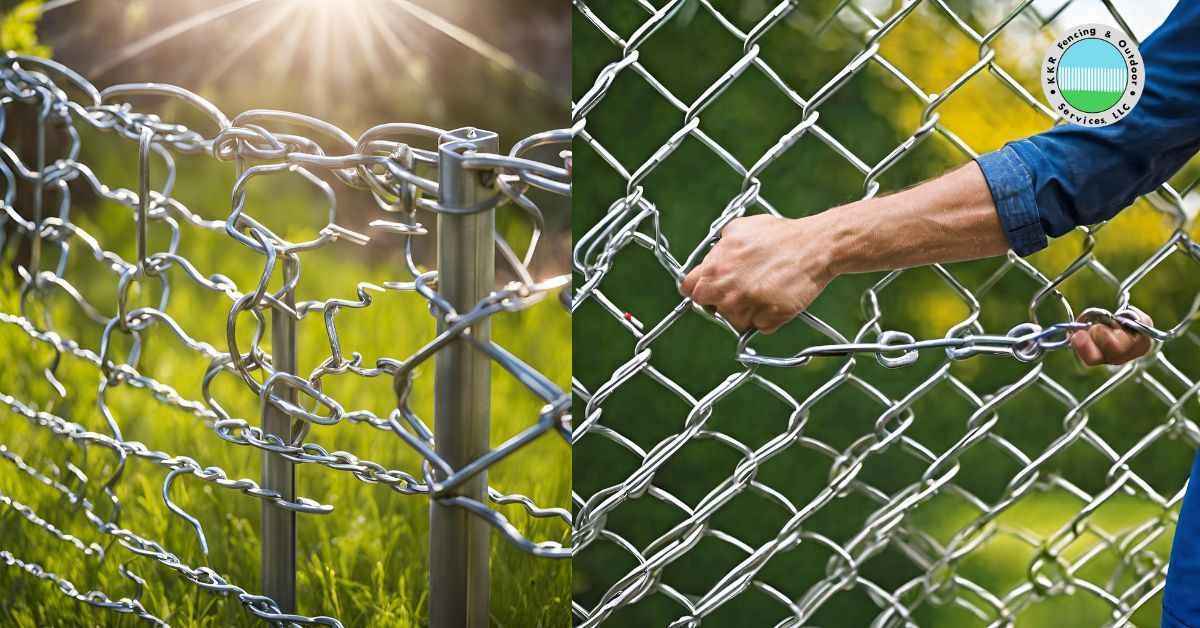
Step-by-Step Guide to Cutting a Chain Link Fence
Step 1: Mark the Wire Strand
Identify the wire strand to cut and mark it from top to bottom. Ensure the markings are clear and aligned to maintain a straight cut.
Step 2: Cutting the Wire
- Position your mini bolt cutters over the marked wire.
- Apply firm pressure to cut the wire strand cleanly.
- Work systematically from the bottom to the top for consistency.
Step 3: Removing Excess Wire
- Carefully remove the offcuts to prevent injuries.
- Collect the removed wires in a designated container for disposal or recycling.
Alternative Method: Unweaving the Chain Link
If cutting isn’t suitable for your project, consider unweaving the fence. This method is beneficial for creating smooth edges.
Step 1: Mark the Strand
Mark the wire strand you want to remove for clarity.
Step 2: Undo the Ends
- Use pliers to straighten and unhook the top and bottom ends of the marked strand.
- This makes unweaving the wire easier.
Step 3: Unweave the Wire
- Gently twist and pull the wire strand to remove it from the fence.
- Work slowly to avoid damaging the intact section.
This method provides a cleaner separation and is ideal for adjustments without sharp edges.
Common Mistakes to Avoid
- Skipping Safety Gear: Always prioritize safety to avoid cuts or injuries.
- Cutting Multiple Wires Simultaneously: Focus on one strand at a time for cleaner results.
- Using Improper Tools: Invest in quality cutters for efficient performance.
Benefits of Hiring Professionals
While DIY projects can be fulfilling, hiring professionals for larger fencing tasks offers significant advantages:
- Precision: Professionals ensure accurate cuts and modifications.
- Efficiency: Save time and effort, especially for extensive projects.
- Expertise: KKR Fencing & Outdoor Services LLC specializes in customizing and repairing chain link fences for residential, commercial, and agricultural needs.
How to Reuse or Dispose of Chain Link Fence
After cutting or removing a section of your chain link fence, consider these options:
Repurposing Leftover Materials
- Create garden enclosures or trellises.
- Use smaller sections for DIY projects or temporary barriers.
Recycling
- Take the metal components (posts, rails, and wires) to a local recycling center or scrap yard.
- Contact recycling facilities for specific guidelines on sorting and drop-off.
Proper Disposal
- Follow your area’s waste disposal guidelines for materials that cannot be reused or recycled. This responsible approach ensures that you are contributing to a cleaner environment and a safer community.
FAQs on How to cut chain link fence
What is the easiest way to cut a chain link fence?
Using mini bolt cutters provides a straightforward method for clean and precise cuts.
Can you use power tools to cut a chain link fence?
Yes, power tools like angle grinders can be used, but they require extra caution and experience.
Is it better to cut or unweave a chain link fence?
Unweaving is better for smoother edges, while cutting is faster for minor adjustments.
How do you ensure a straight cut when resizing a fence?
Always mark the wire strand accurately before cutting, and follow the markings carefully.
Conclusion
Cutting a chain link fence doesn’t have to be complicated. With the right tools, preparation, and techniques, you can handle the task efficiently. For large-scale projects or professional-grade results, trust KKR Fencing & Outdoor Services LLC. We specialize in customizing and repairing fences, gates, and railings, ensuring top-notch service at a fair price.
Call Now for a Free Estimate
We serve clients In Delevan, East Aurora, Erie County, Buffalo, NY And Beyond.
Nearby Location We Serve
Niagara Falls | Delevan | East Aurora | Erie County | Sanborn | Wheatfield | Tonawanda | Lockport | Basom | Indian Falls | Pembroke | Corfu | Darien Center | Batavia | Alexander | Attica Alden | Clarence | Warsaw | Arcade | Houghton | Springville | Gowanda | Dunkirk | Irving | Hamburg | Orchard Park |Blasdell | Amherst | Cheektowaga
All Rights Reserved | KKR Fencing & Outdoor Services LLC

